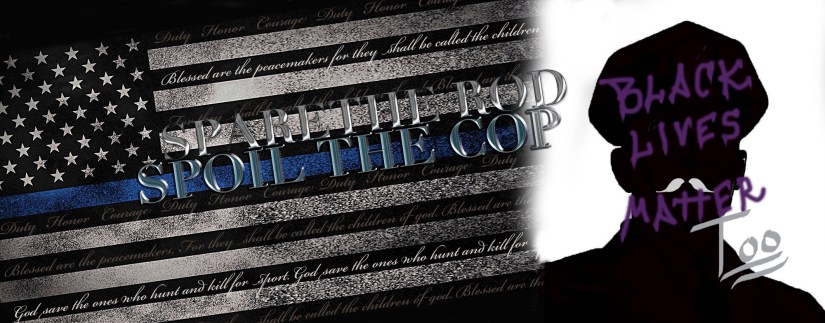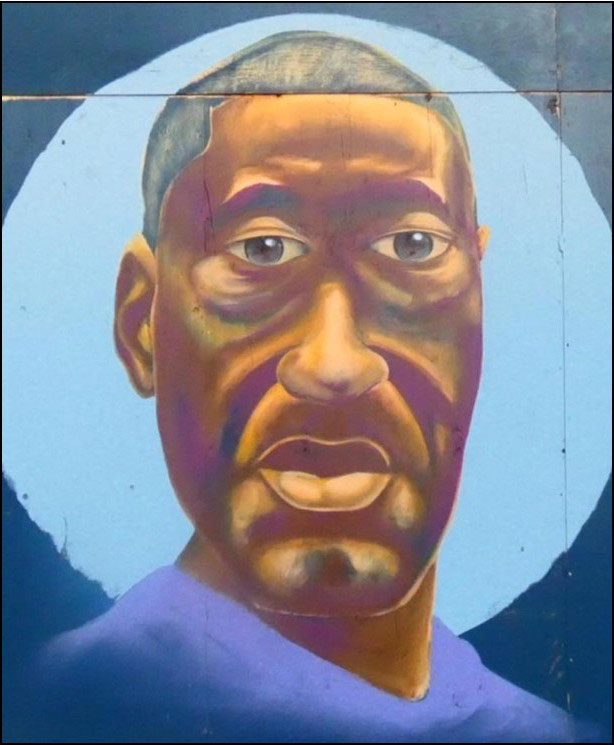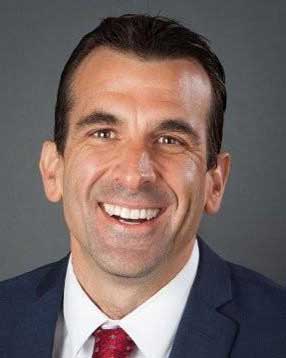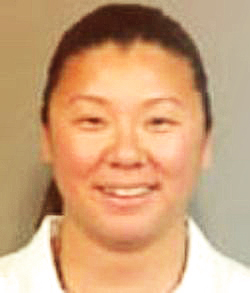

Ten weeks ago, one of Breonna Taylor’s killers, Sergeant Jonathan Mattingly of the Louisville Metro Police Department, sat across from Michael Strahan on Good Morning America. The fraught and feeble—yet morally bankrupt cop suffering from little more than privilege managed to tell a murder story full of inconsistencies, befoul George Floyd’s memory, and when prompted—issued hope that Taylor’s mother will find a way to bare the consequence Taylor ultimately brought upon herself. In 10 minutes, despite being party to a sloppy and negligent police raid that ended the life of one and terrorized another, Mattingly managed to depict himself as the damsel.
Race had never been a factor to Mattingly who lives in a world different than you and me—where racial profiling is criminal profiling, murder isn’t really murder, rape is just cop sex, and illegal search warrants aren’t a desecration of one’s constitutional rights.
Go back seven months to the Friday afternoon of May 29th, where a scene—first seeded on the 101 freeway–soon settled on the normally uneventful grounds of the San Jose city hall, in middle California. A war zone pitting the San Jose Police METRO (SWAT) unit against incensed protestors. Profane shouts and water bottles crossed paths—midair—with amplified police commands and airborne cans of tear gas. Unlike our social justice neighbors to the north (Berkeley, Oakland, and San Francisco) this scene was uncommon. The burning of the lachrymator as it filled the air—then our eyes and lungs—of protestors, on-lookers and journalist, became as seditious as the modern day lynchings of our time. 2020 has become yet another milestone for racial inequality where the streets again speak for themselves—the same streets inspiring a 17-year-old white Trump supporter and cop enthusiast to pick a Milwaukee suburb as an ideal hunting ground. Those aghast by the destruction, looting, and violence would be wise to consider: Would the level of anger & violence be so high if the bar for police conduct weren’t so low?
Earlier this year, a light—however dim, had been shone on the police. Stripped bare—the so called “blue lives” were paraded about the country’s town square while the Black Lives Matter movement trailed it with a ringing bell, shouting SHAME! SHAME! At least for a time.
The CATALYST: the peremptory homicide of George Perry Floyd Jr., a 46-year-old black man—strangled to death as four Minneapolis police officers circled him like a pack of wolves mid-lunch. One threatening anyone with the audacity to intervene…and the alpha male on his neck. Then came the shooting of Kenosha, Milwaukee’s Jacob Blake on August 23rd–by an officer with the fear capacity of 6-year-old girl (and a disregard for the concept of de-escalation) only furthered the disillusionment of the police race relations. Both scenes were a true testament to the founding function of our police. It brings us back to the days when officers blended in with smiling white onlookers while black men and women were captured and hung from trees like ornaments. The uniform worn by their attackers–makes them the byproduct of this lands racial epidemia, perhaps Floyd and Blake are the Strange Fruit Billie Holiday once sung of too.
Those unable to grasp the horrors of being black in the Jim Crow era, are insensible and unbothered by the residuum of it today. The decedents of the 1700’s slave patrols—those tasked with capturing, punishing, and re-implementing oppression on to those whom they felt lacked recognizable humanity—singled out, hunted, restrained, therefore robbing their detainees of control over their physical safety. The reintroduction to the origins of policing times itself congruently with our president’s introduction into the philosophy of 1960’s segregationist Governor George C. Wallace, this mystery era when America was supposedly at its greatest.

As a San Jose State University journalism student researching policing practices, I’ve seen the salivating eyes of officers relishing inconspicuous moments where they know their conduct will either go unnoticed or disbelieved. I too have been harassed and dehumanized. I too have felt the fear they impose, particularly when being black.
But before I’d conflated the race history of law enforcement with today, I find it interesting to note that my earliest police harassment often drew me to the convictions of Mary Turner—a young black woman who resided in Brooks County, Georgia in 1918–found herself decrying the lawlessness of whites and authority in her rural town when a tirade of lynchings had occurred in the search for a white farmer’s murderer. I understood her need to follow common sense over conformity despite knowing her voice would mean little more than a death sentence. One day after her husband had been one of 16 men falsely lynched for the crime, Turner was kidnapped and tied by her ankles to a tree to be set ablaze. A member of that mob took a knife to her pregnant stomach, cutting an 8-month fetus from her and stomping it to death when it fell to the ground before barraging her body with bullets. She was left hung from the tree to send a message.
Interacting with police forced me to explore my relationship with fear. Director Steve McQueen–a black brit, told the Hollywood Reporter in 2018 something of a mantra: “Sometimes you are constrained by fear. I always try to make fear my friend, because I know fears’ coming. I say ‘hey fear, how you doin’—therefore you just bring it on.” Perhaps a sit down with tea may be the first step to confronting these blue boogeymen in dark corners.
Floyd’s murder had sparked a chemical response from police institutions across state lines—initiating what I like to call Operation Gaslight. First, a well calculated move to temporally halt a retort of BLUE LIVES MATTER by cleverly utilizing the public spotlight. Rebuking the abhorrent conduct of officers Derek Chauvin and his three partners, officers Tou Thao, J. Alexander Kueng, and Thomas Lane, debulking them like a cancer from the institution. Some falling to a knee as they claim to be the 99%, the words BLACK Lives Matter pained through gritting teeth—while patiently waiting for Floyd’s death and subsequently inarguable anger to dissipate like a morning fog. But ingrained habits die hard.



